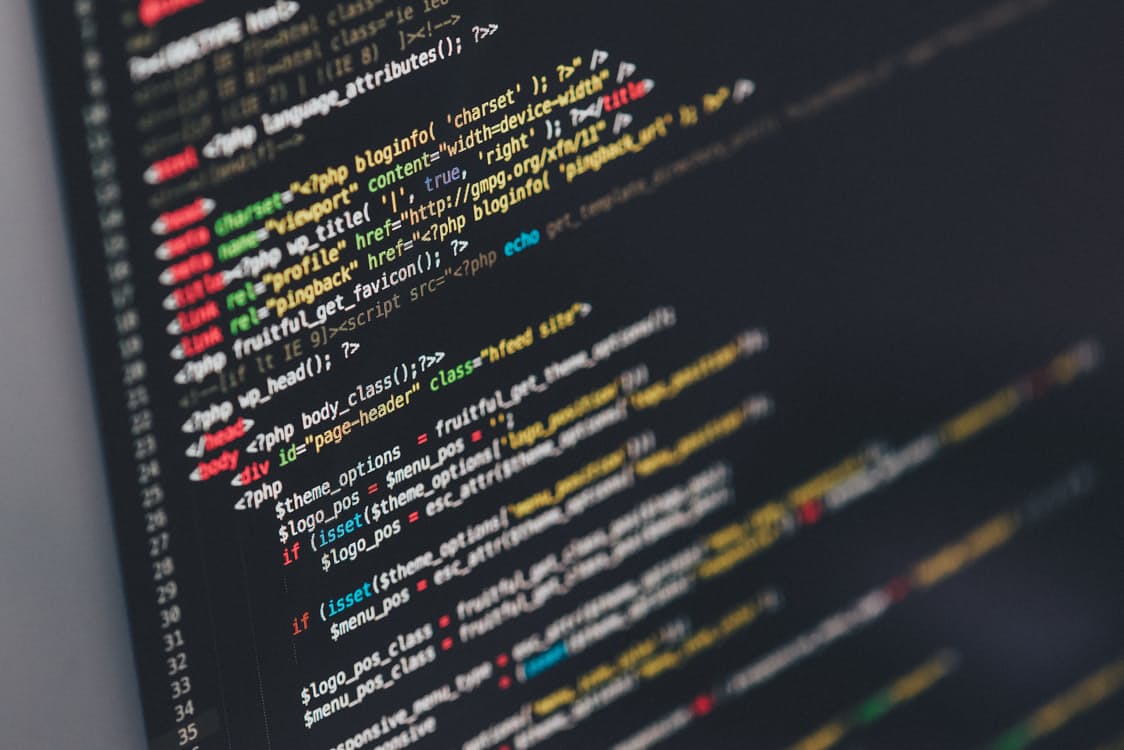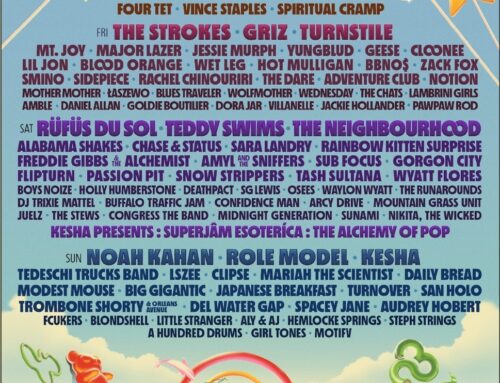Learning Framework for Python
In my second day of learning Python, I started by reviewing the videos from day one, and continued to take notes on key points.
One of the important decisions that a programmer will need to make is picking the version of Python that want to use.
Initially I selected the latest version of Python, but it is good to note that Python 2 has been around longer, but Python 3 is currently being updated and managed.
As a Web Developer I often work with code that provides longevity. Overall learning Python will help programmers adapt to new versions of the coding language.
After reviewing feedback online, I would code Python in any text editor that works for you. Many people were against using Dreamweaver, and more for using Sublime Text. That being said, I plan to use Dreamweaver CC and see how it goes.
Selecting a Web Framework: Django vs. Flask
Python has a several options when selecting a Web framework to build upon. Watch the following video to build a better understanding of Django and Flask.
https://youtu.be/asmvv8w8JY0
The video provides a board overall of why a programmer would want to select Django or Flask.
As a beginner I tend to be drawn to the less complex framework with Flask.
The Udemy video above provided me a link back to their online course to learn Python.
The course is only $16 and I find the cost in comparison to the value of information to be fair. Additionally the course will provide direction for myself over the next several weeks.
Flask
For beginning programmers like myself, link up with the Flask main website.
The homepage for the Flask site has an example of a microblog that links up to GitHub. This code repository is similar to Bitbucket and Sourcetree combination that I we are using at my current company.
When developing code it is smart to have it stored in a repository with version control to manage the code locally, as well as remote.
Django
For those with more experience, I did want to share the following videos on building code with Python and Django.




